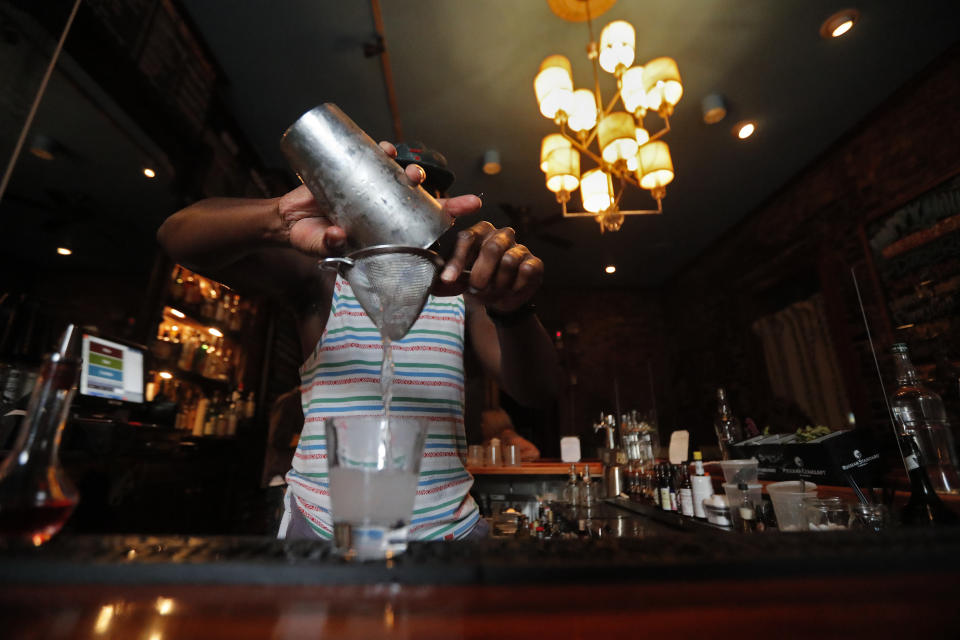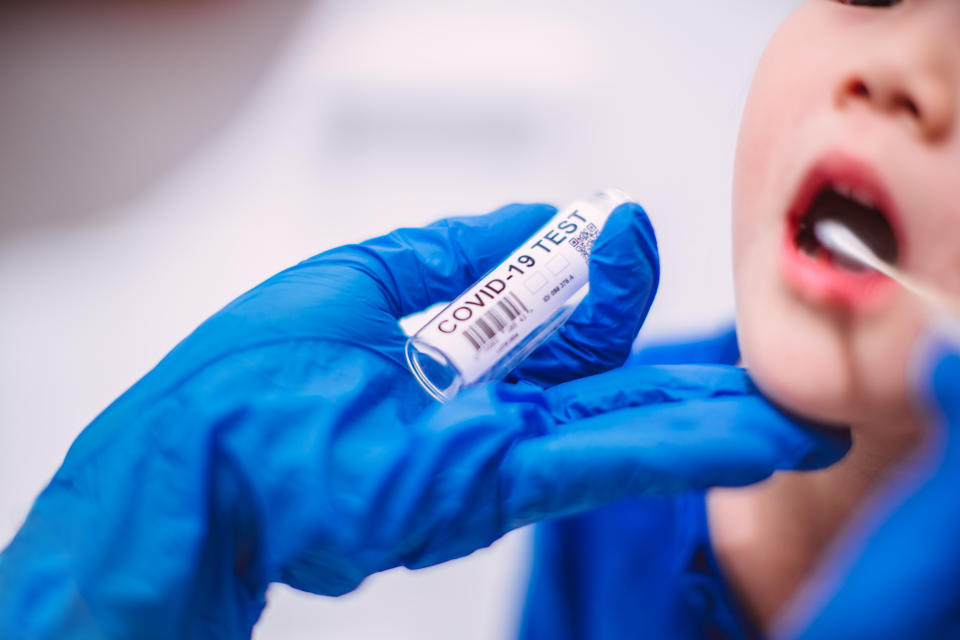Young children in daycare did not spread the coronavirus, study finds

WASHINGTON — The reopening of childcare centers in Rhode Island in June and July did not lead to a spread of the coronavirus, says a new study published by the Centers for Disease Control and Prevention on Friday. The seemingly encouraging results are bound to intensify the debate over how to safely reopen schools, even though, of course, childcare centers and schools are not one and the same.
CDC Director Robert Redfield discussed the new study in a call with members of the media on Friday. He reiterated that it was important to reopen schools, but that a society-wide effort was required to do so safely. And he also emphasized the need to wear masks and practice social distancing, measures that have been downplayed by some of the very same Republican governors who have pushed most aggressively to reopen schools.
President Trump has loudly advocated for in-person instruction, but most major school districts — with the exception of New York City’s — will opt to begin the school year with remote learning. Critics of the president say he rushed to reopen the economy, leading to a resurgence of the virus over the summer that has continued to kill Americans at an unrelenting pace.
“We have chosen to open bars rather than to be able to start school on time,” former Education Secretary Arne Duncan said at a congressional hearing earlier this month.
Bars and restaurants are thought to be major centers of viral transmission.

Many states allowed establishments to resume indoor eating and drinking in late spring, anticipating that the coronavirus would recede with the warmer weather. It didn’t, and now plans to reopen schools have been scuttled.
The new Rhode Island study could offer hope, however, that elementary schools, at least at the youngest ages of instruction, may not be sites of significant viral infection. At a congressional hearing last month, an infectious diseases specialist with the American Academy of Pediatrics said that school systems would do well to “consider prioritizing the return of younger children.”
Children above the age of 10 appear to be at higher risk of spreading the virus, according to a South Korean study. Those older students are much more likely to have the aptitude and patience to conduct computer-based learning than their grade-school counterparts.
Rhode Island began to reopen childcare centers on June 1. By July 31, 666 centers had opened, with 18,945 children enrolled in them.
During that two-month period, the Rhode Island Department of Health “conducted investigations of any reported COVID-19 case in a child or adult, including staff members, parents, or guardians, present at a child care program.” The health department recorded a total of 101 possible cases, of which 49 were subsequently dismissed because the person did not end up having the coronavirus after all.
In total, those 101 possible cases “resulted in closures of 89 classes and quarantine of 687 children and 166 staff members, including contacts.”
The most significant detail in the study is that of the 29 childcare centers that did record a coronavirus case, “20 (69%) ... had a single case with no apparent secondary transmission.” Five childcare centers had more than one case, while four did see some measure of secondary transmission.

That means those people who had the virus did not pass it on to others, which could have led to the kind of community spread that public health officials fear could take place if schools are not reopened with the proper precautions in place. Of the 666 that had reopened in the state by July 31, therefore, only 0.6 percent saw the virus slip the bounds of the childcare setting.
The results from Rhode Island seem to confirm that if proper precautions are followed, the risk of secondary transmission is minimal among young children in childcare. “Adherence to current CDC recommendations remains critical to reducing transmission in child care settings, including wearing of masks by adults, limiting mixing between established student-teacher groups, staying home when ill, and cleaning and disinfecting frequently touched surfaces,” the study says in conclusion.
“Timely public health action, including case investigation and contact tracing, is critical to minimizing outbreaks in child care programs.”
Teachers’ unions and educators have asked for $200 billion to prepare schools to reopen safely. Many schools need upgraded ventilation systems, for example, as well as plastic barriers, face masks and other staples of the new normal. But with Congress still deadlocked over the next round of coronavirus relief funds, any such school-related package is unlikely to arrive anytime soon.
_____
Read more from Yahoo News:




